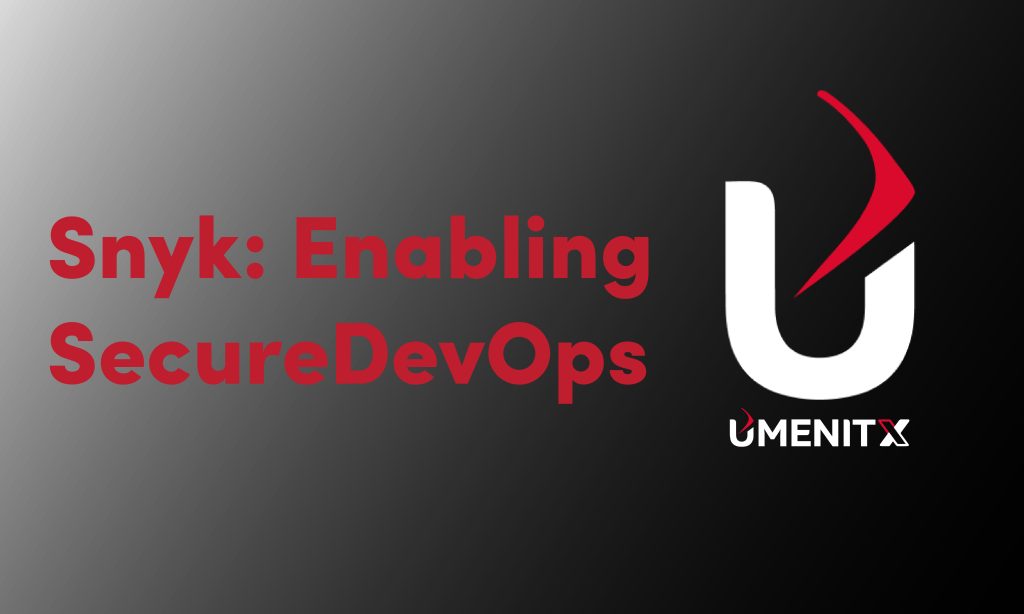Simplifying Security and Compliance with Policy-as-Code (PaC)
In the fast-paced world of DevOps, where automation, speed, and scalability are key, security and compliance often struggle to keep up. At UmenitX, we believe in empowering teams with tools and practices that integrate seamlessly into modern workflows. One such practice gaining rapid popularity is Policy-as-Code (PaC). Let’s dive into what it is, why it matters, and how it can give your DevOps pipelines a serious upgrade.
What is Policy-as-Code (PaC)?
Policy-as-Code is a DevOps practice where policies and rules are defined, managed, and enforced using code. These policies can govern infrastructure, application security, data compliance, access control, and more.
Instead of writing policies in a document or enforcing them manually, PaC allows you to write policies in a declarative language, version them in Git, and integrate them into your CI/CD pipelines.
Popular tools for PaC include:
- Open Policy Agent (OPA)
- HashiCorp Sentinel
- Kyverno (for Kubernetes)
- Azure Policy
Why is PaC Used in DevOps?
In traditional workflows, enforcing security and compliance relied on checklists and manual reviews. These processes are slow, error-prone, and often too late in the cycle.
With PaC:
- Policies are automated and consistent
- They are applied early in the development process
- They scale easily across environments
This makes PaC a perfect fit for DevOps, where “shift-left” principles (moving checks earlier in the pipeline) are essential.
Advantages of Policy-as-Code in DevOps
- Automation & Speed
Policies run automatically in your pipelines.
Developers get real-time feedback. - Consistency & Repeatability
The same rules apply everywhere: dev, staging, production. - Version Control
Policies are stored in Git, so you know who changed what and when. - Audit & Compliance
Easy to prove compliance with logs and policy execution history. - Security at Scale
Prevent misconfigurations before they go live. - Reduced Human Error
Eliminate manual approval bottlenecks.
How is PaC Better Than Other Tools or Traditional Approaches?
Unlike manual policy enforcement, PaC works in real-time and is scalable.
Compared to ad-hoc scripts, PaC uses standardized, tested, and community-backed languages like Rego (used in OPA).
Instead of centralized review boards, PaC enables decentralized and proactive policy enforcement.
While traditional compliance happens after deployment, PaC makes compliance part of the development process.
Conclusion: Future-Proofing DevOps with PaC
At UmenitX, we see Policy-as-Code as a game changer for modern DevOps. It brings the power of automation, clarity, and control to areas that were once bottlenecks.
If you’re aiming for faster, safer deployments and bulletproof compliance, it’s time to adopt PaC into your DevOps pipelines. With the right tooling and practices, Policy-as-Code can become the backbone of your secure and scalable infrastructure.
Stay tuned for more insights from the UmenitX DevOps team!




